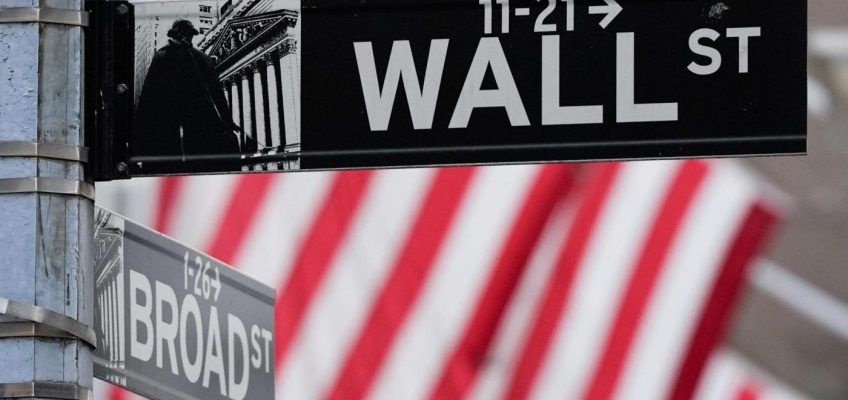By STAN CHOE, Associated Press Business Writer
NEW YORK (AP) — U.S. stocks are drifting on Wednesday following the latest discouraging signal on the job market.
The S&P 500 fell 0.3% in early trading, though it remains near its record set last week. The Dow Jones Industrial Average was down 51 points, or 0.1%, as of 9:35 a.m. Eastern time, a day after setting its own all-time high. The Nasdaq composite was 0.4% lower.
Related Articles
Walmart sets a timeline for removing synthetic dyes and other additives from its food brands
‘AI actor’ Tilly Norwood stirs outrage in Hollywood
FTC sues Zillow and Redfin over deal it accuses of supressing competition in rental ads
OpenAI’s ChatGPT now lets users buy from Etsy, Shopify in push for chatbot shopping
California police pull over a self-driving Waymo for an illegal U-turn, but they can’t ticket
The action was stronger in the bond market, where Treasury yields sank after a report suggested hiring may have been much weaker across the country last month than economists expected.
Employers outside the government actually cut 32,000 jobs more than they added, according to the survey by ADP Research, with the hardest hits focused in the Midwest. What’s worse, the survey also revised down its numbers for employment in August, down to a loss of 3,000 jobs from a previously reported gain of 54,000.
The ADP survey gets its numbers from a smaller sample of employers than the U.S. government does for its monthly jobs reports, and the ADP’s does not have a perfect track record predicting what the more comprehensive Labor Department’s will say each month.
Usually, traders on Wall Street wait for the U.S. government’s report to suss out more fully how the job market is doing each month. But the next one, scheduled for Friday, is likely to be delayed because of the shutdown of the U.S. government that began just after midnight. The Department of Labor has said that the Bureau of Labor Statistics will completely cease operations if there’s a lapse.
“Whether this is an accurate statistic or not, people in the markets believe that it signals something,” according to Carl Weinberg, chief economist at High Frequency Economics. “The signal from today’s headline will not be a good one.”
The hope on Wall Street has been that the job market will continue to slow by a very precise amount: enough to convince the Federal Reserve to keep cutting interest rates, but not by so much that it brings a recession.
That’s a delicate balance to achieve, and every report from the U.S. government on the economy that gets delayed only increases the uncertainty about whether it’s possible.
To be sure, the stock market and economy have typically powered through past shutdowns relatively well, particularly if they are short in duration. But this shutdown could be different in a couple ways, including the threat that the White House may use it to push for large-scale firings of federal workers.
On Wall Street, Cal-Maine Foods dropped 2.6% after its profit and revenue for the latest quarter fell short of analysts’ expectations. That was even though the egg company delivered its strongest-ever first quarter.
On the winning side of the market was Nike, which rose 4.7% after blowing past analysts’ expectations for profit in the latest quarter. The athletic giant reported strong growth for apparel sold in North America.
Lithium America’s stock that trades in the United States soared 22.5% after the Canadian company said the U.S. government agreed to let it draw from a previously announced $2.26 billion loan. As part of the agreement, the U.S. Department of Energy will take an ownership stake in the Vancouver-based company.
Lithium Americas is developing a lithium project in Nevada with General Motors, and it follows Intel and other companies where the U.S. government has recently taken an ownership stake.
In stock markets abroad, indexes rose in Europe following a mixed finish in Asia.
In the bond market, the yield on the 10-year Treasury sank to 4.09% from 4.16% late Tuesday. The two-year Treasury yield, which more closely tracks expectations for action by the Fed, fell more sharply. It dropped to 3.53% from 3.60%.
AP Business Writers Matt Ott and Elaine Kurtenbach contributed.


Leave a Reply